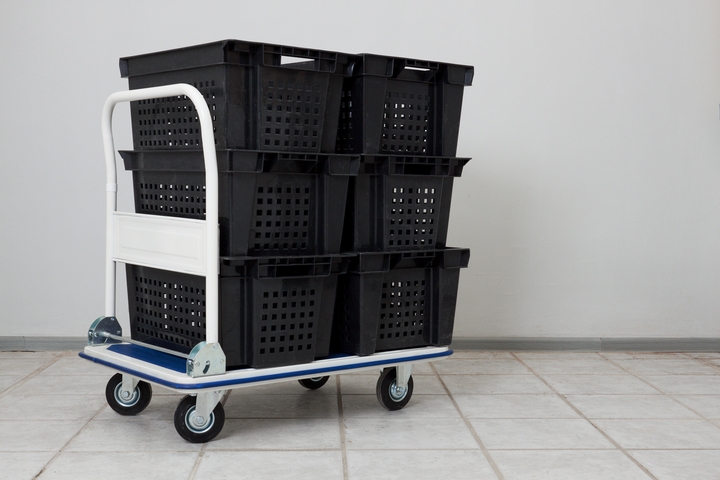How to Stock a Store in Retail: 6 Steps

No matter if you work part-time as a stocker, or if you run a small business, learning how to stock a store is vital. This is how your merchandise gets seen by potential customers, and hopefully bought by them as well. As it pertains to stocking your inventory, the process of how to stock a store can be a bit more systematic.
Having a relevant layout or plan, prior to stocking, will always be beneficial. This is especially true, if you need to stock your shelves before opening hours. Plus, having the right amount of stock on shelves at all times is an incentive for customers to purchase more. Follow the right protocols of how to stock a store, and your stock will always translate to profit.
In order to lessen the burden of packing merchandise onto shelves, you should get accustomed to implementing a stocking system. This will help you save time, in the event that your inventory needs replenishing quickly. Here are six steps on how to stock a store in retail:
1. Working the pallet

When inventory comes in, they usually arrive en masse in the form of a pallet. These pallets are generally large and heavy, so you’ll need to work with them in a specific way. To save yourself time, when transporting the inventory inside, break the pallet down into a smaller version.
This will help you better deal with the merchandise, when transporting them to where they are supposed to be stocked. To further build upon your efficiency here, organize your smaller pallets by aisle or section. That way, you can quickly transport each container to its destination without fail or confusion.
2. Transportation

This can be a bit trickier, depending on how you move your store’s inventory. As stated previously, you’ll want to move your merchandise by breaking them down into smaller pallets. However, physically moving them can become somewhat laborious really fast.
Instead of carrying them one by one, get yourself a moving apparatus that allows you to fetch multiple pallets at once. Generally speaking, a shopping cart will work, in the event that you work at a grocery store. Also, be aware of the hours of operation of your store. If you are stocking during peak hours, give customers plenty of room to shop!
3. Find the location

If you managed to label your pallets, in terms of destination, you should have no problem with this step. Make sure all relevant pallets that are being carried, are brought to the destination at once. This is to prevent constant, back-and-forth movement, which only adds to inefficient stocking preparations.
Usually, most aisles in large-scale markets will go by type and brand. This is for your own benefit, so that you can locate the aisle you need faster. Or, you may even be given an electronic device before you stock. This will help you both scan the inventory in question, as well as where they go on shelves.
4. Stocking a store

Now, you’ll have to stock the inventory itself. This process is a bit more methodical, especially if you are stocking in a grocery store or café. Usually, management will require you to stock via either FIFO or LIFO. The former, known as first in, first out, details the first amount of stock obtained is what is sold to customers.
Last in, first out, otherwise known as LIFO, takes into consideration the most recent inventory that has been acquired. With LIFO, this version of stocking takes priority over the older stock that you may already be in possession of. Each has its own benefits, so you’ll have to choose according to your needs.
5. Repeat the stocking process

Once you have completed the overall process for one portion of your store, you should repeat it again. Head back to where your inventory is, and acquire the pallets needed to stock a new aisle. Since you are already accustomed to the stocking process, you should have no qualms with doing it again.
Sometimes, there may be an issue with the amount of inventory ordered. Any surplus of stock you have should be labelled accordingly with an OS, which denotes overstock. This helps to manage an organized system, so that fellow stockers know where to pick up from, once your shift ends.
6. Commit to a management system

Although stocking is a relatively simple process, operations in your store aren’t as straightforward. This is why it is critical to have an intricate shelf management system. To implement one, first ask yourself some questions. How much of your items are already in stock? What are your best and worst selling items?
Recording this information, either digitally or by hand, allows you to properly keep track of stock at all times. Your business or store may expand, which warrants documenting all pertinent stocking information for future use. Remember, always try to stay organized!



















